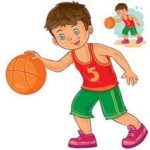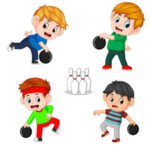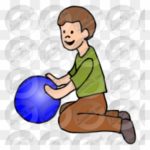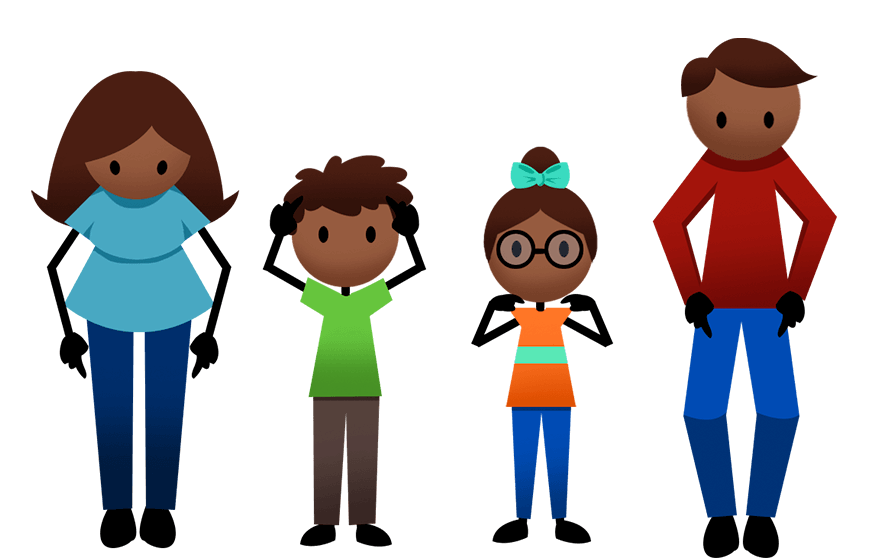
by Rashmi Sharma | Apr 17, 2020 | Fitness Activity
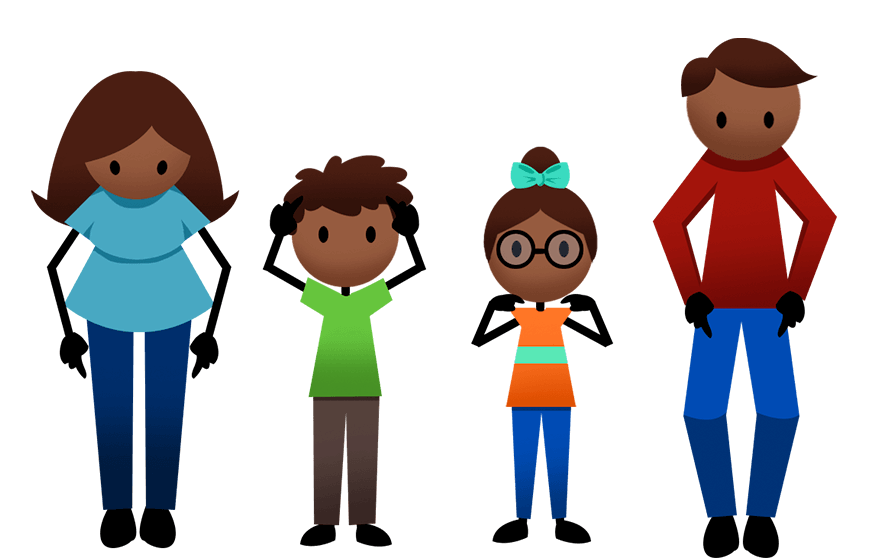
Requirements
- Small indoor or outdoor space free of obstacles
Instructions
- Teach your child the song “Head and Shoulders, Knees and Toes”.
- Show your child the movements that go with each of the words.
- Touch each body part named in the song with the fingertips of both hands.
- Make sure your child bends their knees deeply when they go down to touch their knees and toes.
Variations
- After your child has learned the song and the movements, try remaining silent for one body part each time you sing the verse – for example, “Head and [silence], knees and toes”
- Try singing the song and doing the movements at fast speeds and slow speeds
- Words:
Head and shoulders, knees and toes
Knees and toes, knees and toes
Head and shoulders, knees and toes
Eyes, ears, mouth and nose
Benefits
This activity develops coordination of legs, arms and torso, plus dynamic balance. These skills transfer to sports and activities that involve dynamic balance and coordination for lifting and lowering objects (e.g., weightlifting as a sport, and all daily lifting activities in general, plus combative sports such as wrestling and judo).

by Rashmi Sharma | Apr 17, 2020 | Fitness Activity
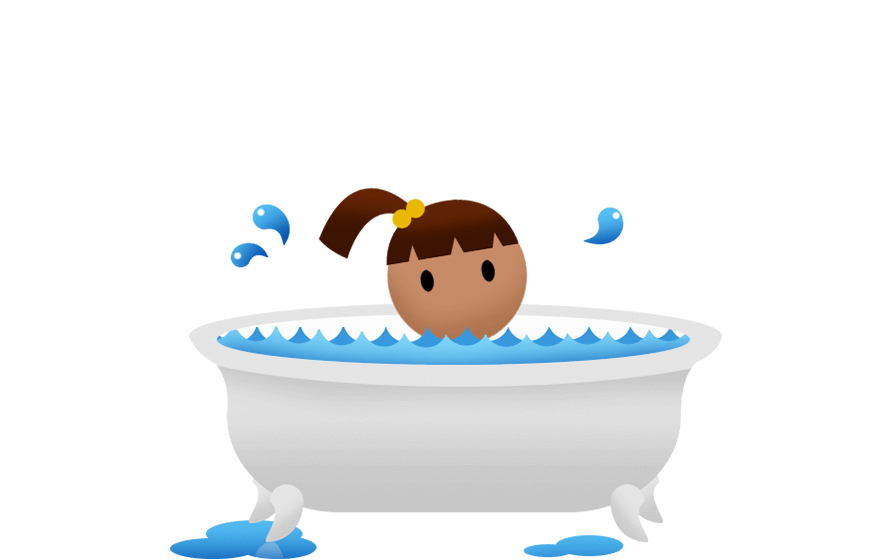
Requirements
- Bathtub and parent supervision
Instructions
- During bath time, encourage your toddler to splash in the water by kicking their legs.
- Remove items from near the bathtub if you do not want them wet.
- Have your toddler kick as they sit or recline in the bathtub. (Support their head if necessary.)
Variations
- Encourage your toddler to splash with their hands by pushing the water with their hands as paddles
Benefits
This activity develops leg coordination, strength and gross motor control in the lower body. These skills transfer to sports and activities that involve swimming or simply kicking an object (e.g., soccer, football, martial arts).
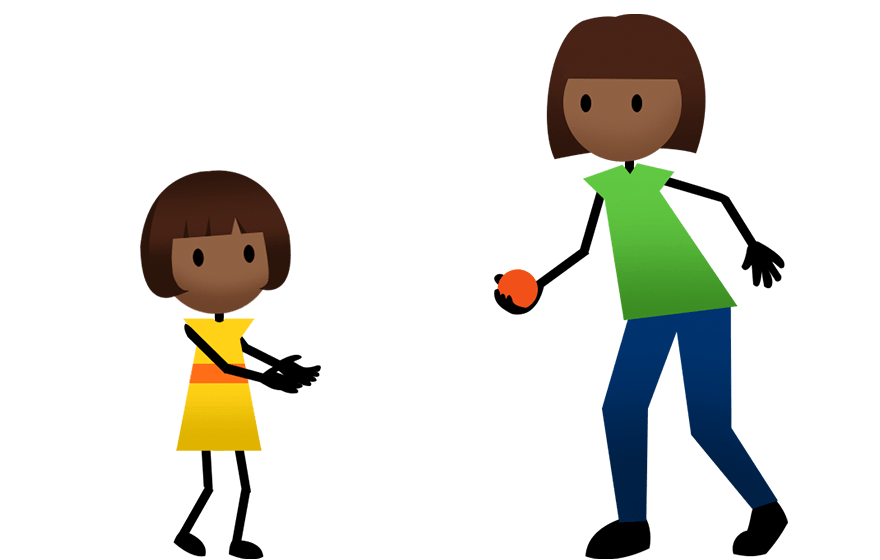
by Rashmi Sharma | Apr 17, 2020 | Fitness Activity
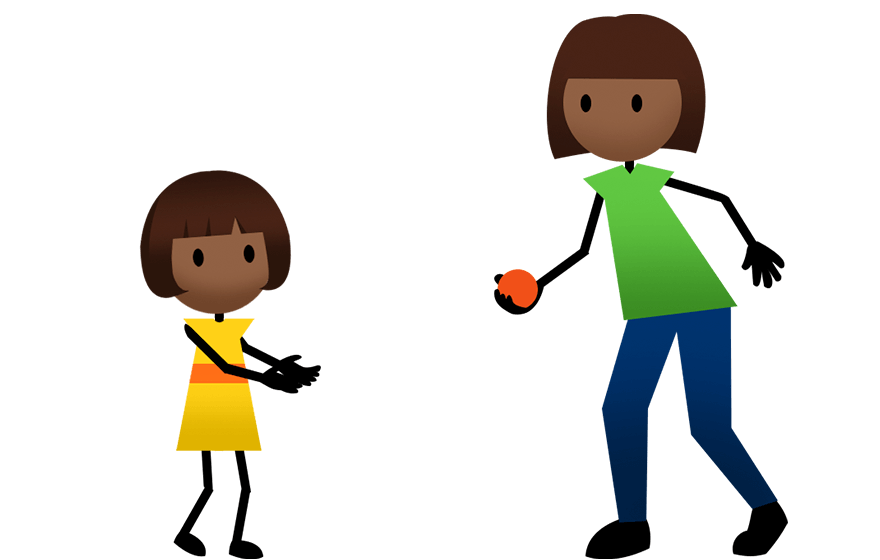
Requirements
- Get a large, soft foam ball, or make a sock ball (stuff two socks into one another) – the ball should have a diameter between 10-15 cm
Instructions
- Show your toddler how to stand with their hands and forearms forming a bowl or “basket” in front of their stomach.
- Toss the ball into their “basket” from about 30 cm away.
- As your child becomes confident catching at this distance, increase the distance of your toss slightly.
- Eventually, see if your toddler can catch from 1 metre away.
- For especially young toddlers, you might begin by simply sitting and rolling the ball back and forth between you.
Variations
- Find the right level of difficulty for your child – don’t challenge your child to catch from more than 1 metre distance if they only catch 1 out of 3 tosses – keep it fun by ensuring some success
Benefits
This activity develops hand-eye coordination, gross motor control, and the ability to track moving objects in the air. These skills transfer to sports and activities that involve flying objects (e.g., balls, shuttlecocks, frisbees, ribbons, sticks, batons).

by Rashmi Sharma | Apr 17, 2020 | Fitness Activity
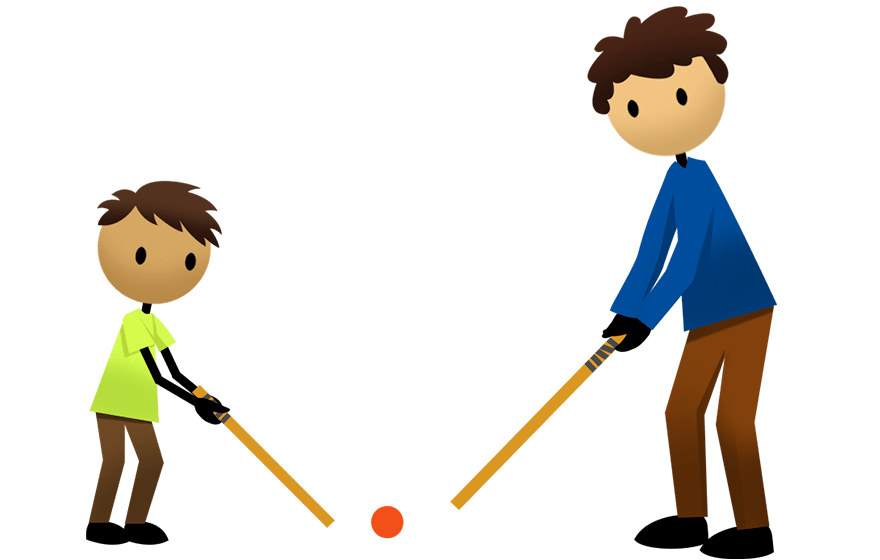
Requirements
- 60-80 cm smooth stick or narrow piece of lumber that fits in child’s hands
- Hockey tape
- Ball(s) 10-25 cm in diameter or empty tin can
Instructions
- Wrap one end of the stick with hockey tape to form a handgrip.
- In an outdoor place (yard or park), hit the ball or tin can around on the ground.
- Make sure your child does not hit animals or other children.
Variations
- As your child develops better control of the stick, try rolling a ball for them to hit
Benefits
This activity develops hand-eye coordination and timing while using a striking tool (such as a bat, a racquet, or a hockey stick)
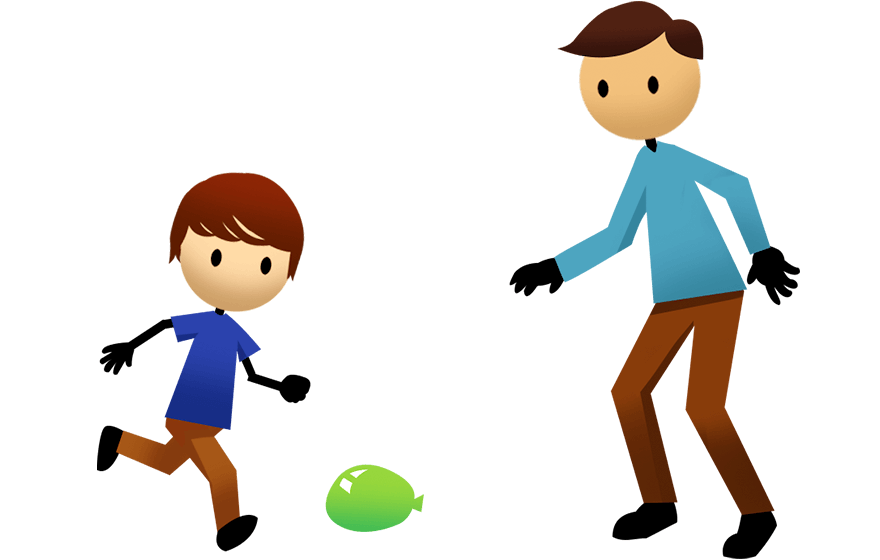
by Rashmi Sharma | Apr 17, 2020 | Fitness Activity
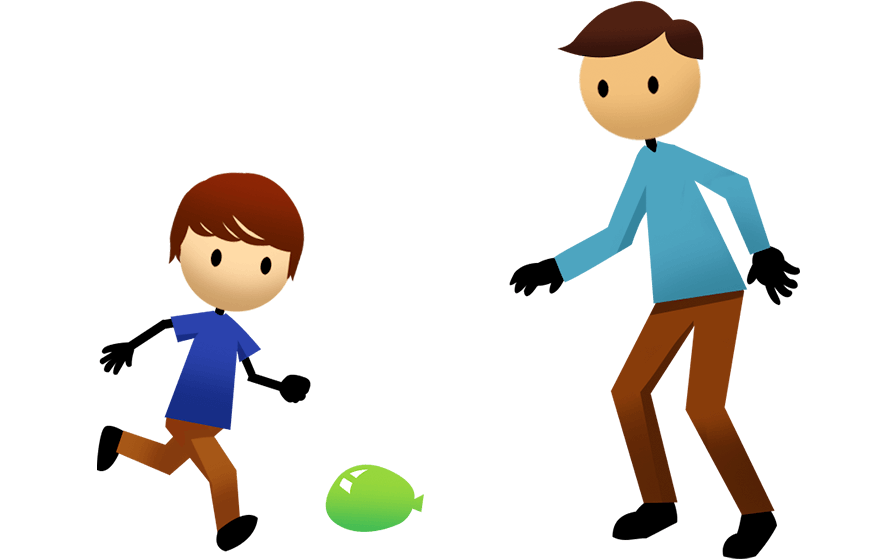
Requirements
• Large indoor or outdoor space free of obstacles
• Large round balloon inflated to low pressure (not hard)
Instructions
- Inflate a round balloon to a low pressure so it is not too hard or likely to pop.
- Find a large indoor or outdoor space free of obstacles.
- Practice kicking the balloon with your toddler.
- If the balloon is kicked high into the air, try to catch it with your hands.
Variations
• Tie a long string to the balloon and hang it from a doorframe or a tree. The balloon should hang about 5cm above the ground.
Benefits
This activity develops leg coordination, balance, and gross motor control in the lower body. These skills transfer to sports and activities that involve dynamic balance and rhythmical movement (e.g., soccer, basketball, volleyball, racquet sports, martial arts, dance).












